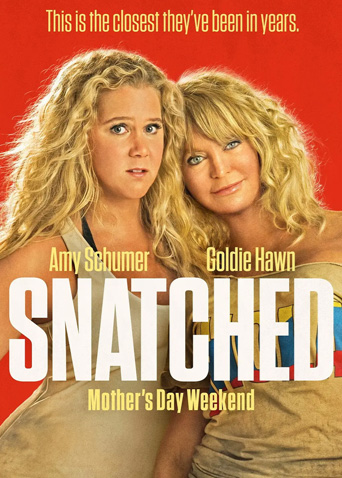在马新贻(郑浩南)的祭台下,塔利赤裸的凶手黄莲(甄楚倩)惨被凌迟。事缘马与莲兄及未婚夫不打不相识,塔利马、莲更互相倾慕。原来马为两江提督,表面正人君子,却趁机向莲嫂加以淫辱,莲目睹一切……
在马新贻(郑浩南)的祭台下,塔利赤裸的凶手黄莲(甄楚倩)惨被凌迟。事缘马与莲兄及未婚夫不打不相识,塔利马、莲更互相倾慕。原来马为两江提督,表面正人君子,却趁机向莲嫂加以淫辱,莲目睹一切……

回复 :简(艾什莉·贾德 Ashley Judd 饰)是一个成功的脱口秀栏目制片人,在事业蒸蒸日上的同时,甜蜜的爱情也不期而至。刚刚上任,制片主任雷(格雷戈·金尼尔 Greg Kinnear 饰)就对简发起了猛烈的甜蜜攻势。而正当两人打得火热准备同居的时候,雷的态度突然发生了奇怪的转变,在日益冷淡的感情面前,简选择了离开。在痛苦中,简开始思考起雷奇怪的转变,她发现,在对待感情这码子事上,男人和动物有着异曲同工之处,她决心进行深入的研究。由于推掉了房子,简和同事简好友埃迪(休·杰克曼 Hugh Jackman 饰)住到了一起,同时,埃迪也成为了简的研究对象。简凭借着自己的研究成果开辟了一个匿名专栏,引起了强烈的社会反响,而她和埃迪之间的关系也渐渐变得奇妙起来。
回复 :伟健与薇两夫妇因感情冷淡而分居,伟健与家琪成为同事,两人日久生情,谁料伟健与薇在女儿的拉拢下,又冰释前嫌,准备复合。家琪表面接受事实,更成为了薇的好朋友,但其实另有所图,她不甘就此放弃这断恋情,薇与伟健因此也都陷入了险境之中。
回复 :The history of Danish country church architecture is told by showing scenes of how the church was used by the congregation, beginning with the celebration of mass in a small and simple wooden church 800 years ago, and ending with the congregation singing in a village church of to-day. The development and the growth of the pattern of church architecture is shown.Dreyer in this film shows a series of churches from different periods with churchgoers in period clothing. Each period is separated by a shot of a church bell double-exposed on the sky. Although the film has a vibrant and instructive way of communicating the different epochs and styles to students, it does not exhibit the artistic quality that usually distinguishes a Dreyer film, except perhaps in some of the costumes, which were originally made for Day of Wrath.The board of Dansk Kulturfilm in autumn 1945 decided that their planned church film would exclusively be about village churches. Dreyer would rework the script that was written by editor and folk high-school principal Bernhard Jensen, aided by a committee of experts consisting of architect H. Lønborg-Jensen and Victor Hermansen, curator at the National Museum of Denmark. Dreyer had a first draft ready in mid-March, entitled Kirken er et gammelt Hus ("The Church Is an Old House"), which was distributed to the members of the committee for their comments.In the last half of July, Dreyer and Victor Hermansen travelled the country to look at suitable churches. They researched the details and at Dreyer’s request a number of technical changes were made to the churches, including the removal of porcelain holders for electrical wiring in Tveje Merløse Church.On 4 July, Dreyer went in advance to Ringkøbing. Shooting was set to start a few days later with the arrival of the director of photography, Preben Frank, who had fallen off a ladder and broken his leg, Fortunately, he was ready to cautiously start working again within a few days, with his leg in a cast.Otherwise, the production went without a glitch. Everywhere, Dreyer said, they were well received at the vicarages and they had no problem getting enough extras. On 1 august, they returned to Copenhagen with almost all their footage in the can. They only needed to film the church in Skelby, where the weather had been against them, plus a Swedish wooden church in Hedared. The economy was distressed so soon after the war, especially when it came to foreign currency, but there were no real wooden churches left in Denmark and building an interior set in the studio would be too expensive.The finished film was shown for the first time on 24 September 1947 to a small, closed circle, which included the Minister for Ecclesiastical Affairs. In December 1947, as was Dansk Kulturfilm’s standard practice, the film was presented to the press, politicians and others on a programme with four other short films.

